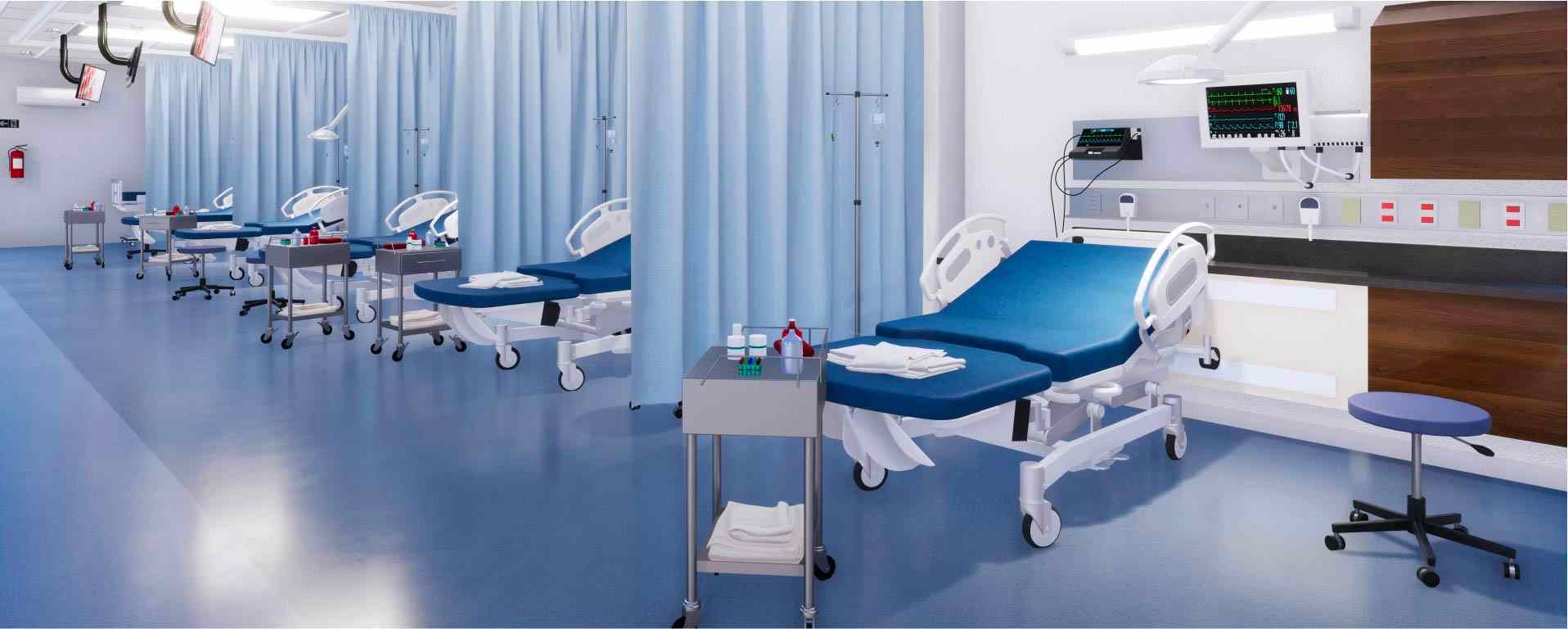
3 Ways a CMMS Streamlines a Healthcare Facility’s Record Keeping
Accurate patient, asset, and maintenance records are crucial in any healthcare organization. Here's how a CMMS can streamline this record-keeping.
Solutions
Workplace Management Solutions
Real Estate Management Solutions
Maintenance Management Solutions
Energy Management Solutions
Engineering Document Management Solutions
Asset Management Solutions
Automate campus scheduling for classes, meetings, and exams with our EMS software.
Plan and manage conferences effortlessly with EMS software to impress guests and streamline operations.
Boost workplace flexibility and maximize space use with seamless desk and room booking.
Organize workplace or campus events smoothly, creating memorable experiences.
Optimize workspace, manage allocations efficiently, and reduce costs with our space management solutions.
Deliver projects on time and within budget by improving communication, collaboration, and efficiency with our software.
Streamline lease accounting for ASC 842, IFRS, and GASB compliance.
Manage leases efficiently by tracking key dates, analyzing costs, and ensuring compliance.
Centralize data and analytics for better insights, faster negotiations, and revenue growth.
Centralize facility and asset maintenance, automate work orders, and ensure compliance with our CMMS software.
Extend asset life, reduce downtime, and prevent costly repairs with data-driven monitoring.
Prevent equipment failures and extend asset life by detecting and addressing issues early.
Make sustainable, cost-efficient energy decisions by monitoring and optimizing power consumption.
Remotely monitor and control equipment with real-time data to predict issues, boost efficiency, and reduce downtime.
Easily share and collaborate on documents, creating a single source of truth for engineers and contractors.
Manage and analyze assets across their lifecycle to schedule maintenance, reduce downtime, and extend lifespan.
Improve visibility, automate work orders, and ensure compliance for efficient facility and asset management.
Resources
Browse our full library of resources all in one place, including webinars, whitepapers, podcast episodes, and more.
Support
Looking for access to technical support, best practices, helpful videos, or training tools? You’ve come to the right place.
About Accruent
Get the latest information on Accruent, our solutions, events, and the company at large.

See how BIM delivers on facilities management ROI, including tenant chargebacks, lower interoperability costs, transparent asset information, and more
The point of adopting any new technology – particularly a complex or costly one like building information modeling (BIM) – is to get real results. The ultimate positive result? Higher return on investment (ROI).
Here, BIM certainly delivers. In fact, 82% of BIM users report that their AEC firms receive a positive ROI after using BIM, and 96% of BIM users have actually made up for the cost of their investment, according to the calculations made by the Connecting Teams Study.
Then there is the BIM ROI achieved by owner-operators through facility management. Here, too, BIM can increase ROI by simplifying handover, organizing asset information and facilitating data access.
Here are tangible ways BIM can increase your ROI.
BIM can help with tenant chargebacks or the breakdown of who should pay for what.
The idea here is simple: there are many costs that should fall on the shoulders of the tenant – and therefore require reimbursement to the owner-operator. That said, it can be difficult to keep track of these chargebacks without up-to-date or accurate records.
A BIM system can provide these records, giving you a complete breakdown of rooms, assets, who is using the rooms and who should be held financially responsible for various components.
When opening a new facility, there is a lot of important information to keep track of, including asset lists and information about warranties and extended warranties. The problem, though, is that owner-operators do not often have access to this information when they need it. After construction is completed and the contractor hands over these documents, it can take owner-operators up to a year to sift through this information and actually start to use it.
This is an unacceptable lag time, particularly troubling if you consider the fact that many types of equipment have the highest probability of failure in their first month or two of operations. Owner-operators are essentially flying blind when it is most crucial for them to have the right information. This drastically increases the risk of equipment and even facility failures -- and there are even costs associated with searching for the right information.
The spatial and non-spatial data collected by BIM during the construction process can help. All of the floor plans and 3D modeling can and should be used during operations, and if you augment the BIM model by a CMMS system or a robust engineering document management (EDM) system, you can also add key information regarding finance, occupancy and maintenance history.
This information can be used to effectively address maintenance concerns, increase planned maintenance, increase technician efficiency and ultimately decrease costs facility-wide. And it is actually shown to work: in one study, respondents reported that BIM reduced the time spent looking for things by 83% and let to 5% savings in operating costs per year - which, given the fact that operations and maintenance account for about 75% of total facility costs, represents significant facility savings.
Interoperability is essentially the ability to communicate between people and between various types of software throughout the lifecycle of a project. It is a key functionality of BIM and other key facility management tools, and it solves a key pain point.
Most of the time, architects and engineers use multiple tools when working on a project. As a result, a percentage of inputted information has to be translated and re-entered between platforms. This kind of manual data entry is time-consuming, and it can lead to problems like incomplete data or data duplication – all of which costs money to resolve.
What is more, when it comes to document management, information is often spread across spreadsheets and disparate systems.
Robust BIM interoperability aims to resolve these concerns and lower interoperability costs and data duplication by providing a single source of truth for all asset and facility related-documentation. This, of course, is only available with BIM level 3 or higher. At this level, businesses can find:
Ultimately, this increased interoperability can simplify maintenance tasks, which can lead to many other benefits, including simplified space management, increased data consistency and streamlined communication.
Both during construction and during operations, projects are frequently delayed and over budget. There are many reasons for this, including:
Ultimately, these delays translate to lost revenue and idled employees. The good news? While some of these delays are unavoidable – like in the case of bad weather – the majority can be sidestepped with proper use of an advanced BIM.
BIM systems can be effectively used alongside existing facilities management (FM) tools like Accruent’s Meridian and Maintenance Connection. This can ultimately:
These benefits, in turn, can further increase revenue, improve operations and ensure that important data is accessible company-wide.
Your data and your documents can be your most robust tool or your biggest enemy. Using a BIM system – particularly in tandem with a document management system – can help you effectively use your facility and asset documentation to tackle concerns like reactive maintenance practices, incomplete asset information and employee inefficiency. This can ultimately increase your ROI and your business revenue.
Learn more about building information modeling.
Accurate patient, asset, and maintenance records are crucial in any healthcare organization. Here's how a CMMS can streamline this record-keeping.
2022: Time For Change In Facilities Management Services Verdantix presentation at Accrent Partner Conference Synergy 2022. Discover What challenges ...
Discover how your facilities team can use modern tools and approaches that effectively elevate their role from a mere cost center to corporate ...
Subscribe to stay up to date with our latest news, resources and best practices.
* To unsubscribe at any time, please use the “Unsubscribe” link included in the footer of our emails.